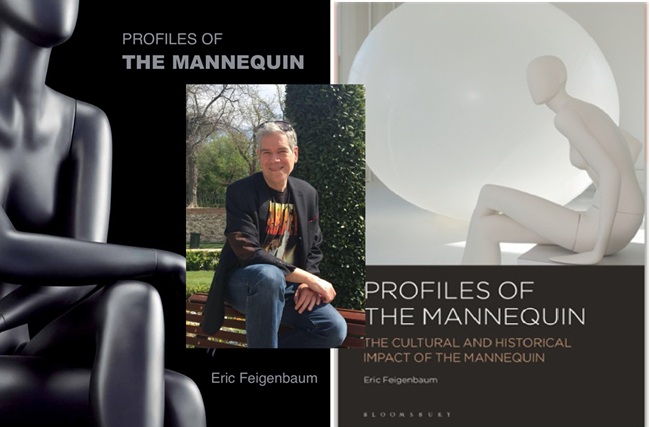BY ANNA & MARIA SCIACCA
L’Idea Magazine: About the models we see at window stores, today there are less realistic mannequins and much more abstracts or stylized ones and about those fantastic scenographic window displays with mannequins in a performance set inside department stores in the fifties and sixties years, today they are a rarity to see, what has brought to these changes?

Eric Feigenbaum: As the use of abstract mannequins continues to outpace the use of realistic mannequins in today’s retail environment, both are valuable tools of communication. Mannequins reflect new trends and the latest fashion movements. One of the reasons that we are seeing more abstract forms is the ease of dressing and styling them: store associates were trained to dress them. Also, they are cost-effective, they cost less money, and are easier to repair. As retail continues to evolve, there is a dramatic movement from realistic mannequins to abstract and partially abstract mannequins. The mannequin manufacturers who shifted to the design of abstracts were better positioned to serve their customers and protect the long-term solvency of their companies. In addition, there are many practical as well as aesthetic reasons for the success of abstract mannequins. Most importantly, abstracts require less manpower and maintenance. They’re much easier to trim, without the concern of wigs and make-up. In the past, many visual merchandising teams included a staff member who was responsible for make-up. Additionally, realistic mannequins require better lighting.
L’Idea Magazine: Do you still create scenes with mannequins for store window displays?
Eric Feigenbaum: I’ve been in the visual merchandising and store design industry for many years. During the course of my career, I created window displays, designed stores, taught in the higher education sector, and worked as a journalist reporting about retail design.

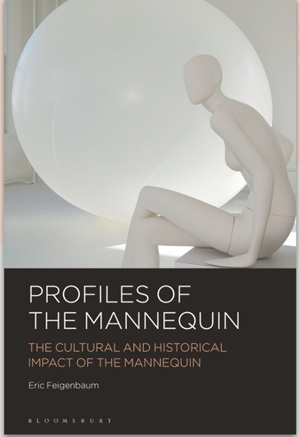
L’Idea Magazine: Is the mannequin chosen for your book’s cover a Ralph Pucci’s mannequin?
Eric Feigenbaum: The cover of Profiles of the Mannequin features a Ralph Pucci mannequin from the “Inflate collection”.
L’Idea Magazine: In your book, are there pictures of various types of mannequins? For example, Ralph Pucci’s mannequins and other brands?
Eric Feigenbaum: Many brands are represented in the book, including Ralph Pucci, Adel Rootstein, Hindsgaul, Patina V, Goldsmith, and Expor Mannequins.
L’Idea Magazine: For a buyer in the mannequin business, what is the meaning of gestalt?
Eric Feigenbaum: Mannequins are more than fancy clothes hangers; they are works of art. The successful buyer knows that they are also reflections of their company’s brand image. The selection process is critical. The right mannequin must be chosen to appropriately project the nuances of the retailer’s brand. Every gesture that a retailer makes must be consistent with the message they hope to convey. Mannequins are an important part of the retailer-to-customer dialogue.

L’Idea Magazine: Today in U.S.A. which are the most famous brands of mannequins manufacturers?
Eric Feigenbaum: Manix, Genesis, Fusion, Patina V, CNL, and Silvestri
L’Idea Magazine: On the subject of mannequins, have you also made a study about the typologies and the somatic characteristics of mannequins?
Eric Feigenbaum: The leading mannequin manufacturers have developed an aesthetic that sets them apart from the others. The two that clearly come to mind are Adel Rootstein and Ralph Pucci. With Rootstein, it was the subtle bend of the neck, the penetrating gaze, and the hand position that no others could seem to replicate. It was the distinctive subtleties that labeled Rootstein the “Rolls Royce” of mannequins. Pucci always dared to be different with interpretations that clearly elevated the mannequin to works of art.
L’Idea Magazine: Sometimes we wonder in front of a shop window when we look at the physiognomy of a mannequin: who made it and what was the style that inspired it?
Eric Feigenbaum: Successful mannequin companies are true to their brand. They develop mannequin styles and profiles that are memorable and recognizable. Successful retailers will choose mannequins that best represent their brand image. It’s important for a mannequin resource to produce mannequins that are theirs and theirs alone.
L’Idea Magazine: We guess there are many mannequin manufacturers’ brands worldwide, maybe an expert can recognize that brand with that type of mannequin?
Eric Feigenbaum: Yes, the seasoned expert will recognize the mannequin brand immediately and will understand the image that each brand projects.
L’Idea Magazine: In Italy, we’ve heard about a model called “Eye see mannequin” that would be able to read people’s characteristics are looking at the window store. Do you know something about these types of mannequins? Are they used at stores?
Eric Feigenbaum: Artificial intelligence is entering the mannequin world. Customers can now interact with AI mannequins who will show merchandise on the customer. They can be engaged 24 hours a day in store windows. This technology is in its early stages but will become significant. Retailers will still need the tactile mannequin to work together with the new technologies of the day.
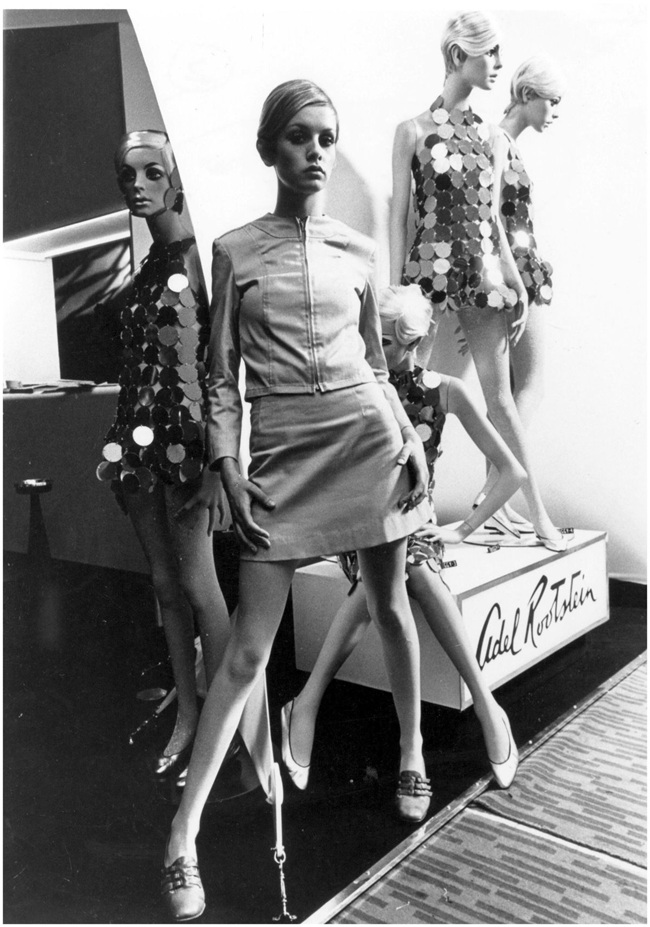
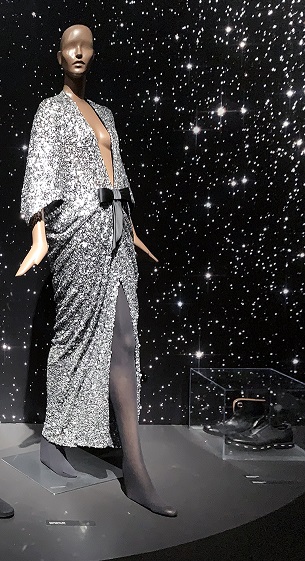
L’Idea Magazine: We really hope artificial intelligence will never replace the real mannequins that we always have enjoyed seeing in window stores; what do you think about that?
Eric Feigenbaum: One of the beauties of retail is its inherent ability to react to change and embrace the latest technologies. Today there is a raging debate on will the future of retail be digital or brick-and-mortar. The answer: physical stores are not going away. It’s not digital or physical, rather, it’s digital AND physical working together. Digital retail and brick-and-mortar retail must work together. They must be spiritually united. I can say the same thing for AI mannequins and physical mannequins. Artificial intelligence is making an impact on every facet of life, including the retail environment. However, it should be noted that while retail embraces this new technology, it too must be spiritually united with the real, tactile mannequin. Mannequins will not go away, rather, they will work together with the evolving times and technologies. While AI will show fashions in a compelling way, the customer still wants the three-dimensional experience of seeing the apparel on a real mannequin. It should also be noted that a real mannequin does more than just show the clothing, it’s also a projection of the retailer’s brand image.
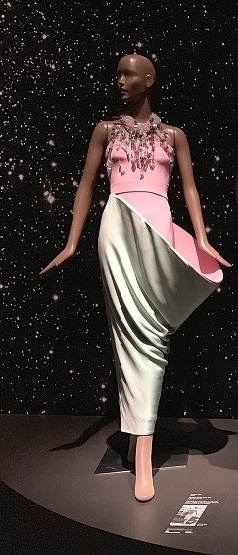
L’Idea Magazine: Back in time, looking at those vintage mannequins with make-up and wigs, in a period from the Thirties with the Gaba Girls, the Sixties with the Rootstein’s Twiggy mannequin to the actual models, today are they kept at some museum? Is there a permanent museum that collects the many types of mannequins representing the various periods of fashion’s history?
Eric Feigenbaum: The Museum of Art and Design (MAD) in New York had an exhibition titled “The Art of the Mannequin”. The exhibition was a retrospective of Pucci mannequins, and it presented the mannequin as a work of art. To my knowledge, there is no museum dedicated to mannequins; however, there are collectors and collector groups such as Vintage Mannequins that acquire and collect old mannequins.
L’Idea Magazine: Mannequins often have also been protagonists in some stories about songs, novels, and movies like in the suggestive episode “After Hours” from the television series Twilight Zone, what do you think this mannequin’s allure comes from?
Eric Feigenbaum: Throughout history, people have been fascinated with representations of the human body. Over time, there have been wide-ranging interpretations of the female form. Multicultural constructs and geographic variables have all contributed to the many visions of perceived beauty. From the Venus of Willendorf, dating back over 25,000 years, to the 700-year-old statue of the Hindu goddess Parvati; and from the caryatides of ancient Greece to the idealized figures of the Renaissance, the female form has been represented with realism, idealism, and abstraction through the hands of the craftsman and the heart of the artist. Painters and sculptors have been fascinated by mannequins. Mannequins have captured the imagination of movie makers and television producers who know of their allure.
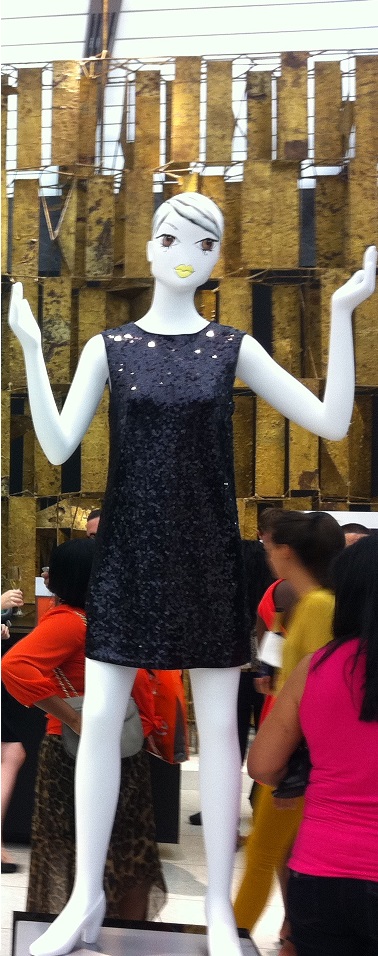
L’Idea Magazine: Do you have a favorite mannequin model?
Eric Feigenbaum: There are many mannequin companies I admire both from the past and moving on to the present and beyond. The two that come immediately to mind of course are Adel Rootstein and Ralph Pucci. Both have elevated the mannequin to an art form. My favorite Rootstein mannequin was from the Fiona Collection. Pucci’s Inflate mannequin is featured on the cover of “Profiles of the Mannequin”.
L’Idea Magazine: We are also fond of the Aloof Schlappi Mannequins by Bonaveri, they seem to show an intimate, dreamy serenity. What is your opinion about Bonaveri Mannequins? How can you define their look and style?
Eric Feigenbaum: Bonaveri is an excellent mannequin resource. I agree with your assessment, Schlappi mannequins are classy, elegant, and serene with a distinctive sensuality and compelling line. They are works of art.
L’Idea Magazine: Will you also present in Italy the book you wrote, “Profiles of the Mannequin”?
Eric Feigenbaum: I have traveled to Italy many times, giving presentations in Milan, Ancona, and Porto Recanati. Italy is one of the most inspirational places on the planet. I would love to present “Profiles of the Mannequin” in your beautiful country.


